Understanding Load Cell Indicators: Essential Tools for Precise Weighing
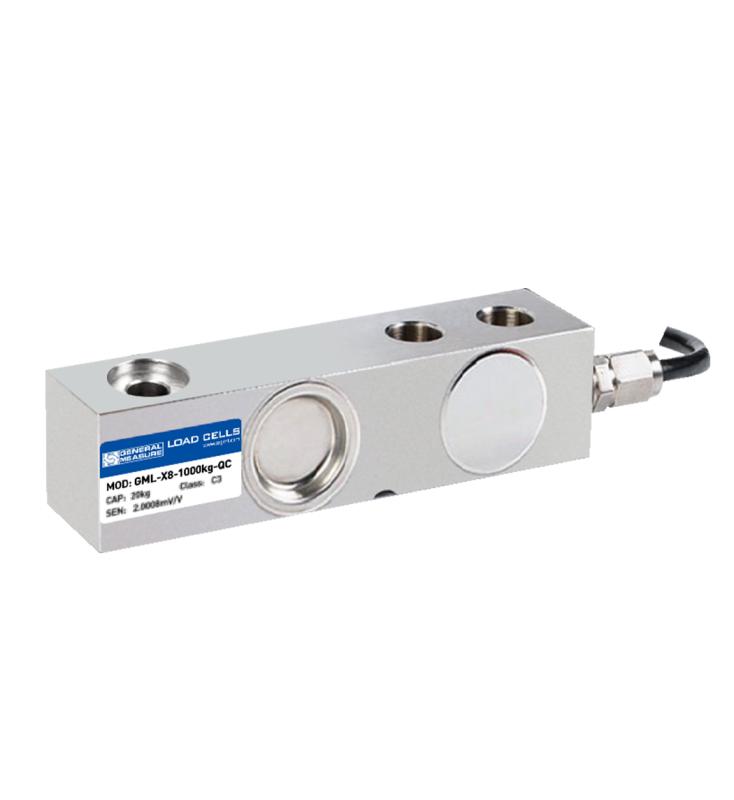
Understanding Load Cell Indicators: Essential Tools for Precise Weighing
Load cell indicators are an integral component of any weighing system, offering accurate, real-time data for various industrial and commercial applications. In a world where precision is key, these indicators ensure that weight measurements are both reliable and easy to read. Whether in manufacturing, logistics, or agriculture, load cell indicators play a crucial role in maintaining operational efficiency and product quality. Let’s dive into the key aspects of load cell indicators, their benefits, and why they are indispensable in today’s modern industries.
What is a Load Cell Indicator?
A load cell indicator is an electronic device that translates the electrical signal from a load cell into readable data, typically displayed as weight. Load cells themselves measure the force exerted on them and convert it into an electrical output. This output is then processed and displayed by the load cell indicator. These devices are often equipped with additional features such as alarms, data logging, and connectivity options to further enhance their functionality in industrial settings.
Load cell indicators are commonly used in conjunction with various weighing platforms, including conveyor belt scales, hopper scales, and industrial platforms, to ensure accurate weight readings across a wide range of applications.
Key Features of Load Cell Indicators
Accuracy and Precision: Load cell indicators are designed to offer high levels of accuracy, ensuring that even the smallest fluctuations in weight are detected and recorded. This makes them ideal for industries where precise weight measurement is critical, such as pharmaceuticals, food processing, and chemical production.
User-Friendly Interface: Modern load cell indicators come with touch-screen displays and intuitive interfaces, making them easy to use for operators. These interfaces allow users to monitor data, set alarms, and adjust settings with ease.
Versatile Connectivity: Many load cell indicators offer a range of connectivity options, such as Ethernet, USB, and wireless connections. This allows for seamless data integration with other systems, such as ERP (Enterprise Resource Planning) software, which is vital for automating workflows and enhancing overall efficiency.
Durability: Built to withstand harsh environments, load cell indicators are often rugged and resistant to dust, moisture, and vibrations. This makes them ideal for use in industries like agriculture and construction, where conditions can be demanding.
Data Logging and Storage: Many advanced load cell indicators come with data logging capabilities, allowing operators to store weight measurements over time. This data can be critical for audits, quality control, and ensuring compliance with industry regulations.
Applications of Load Cell Indicators
Load cell indicators are used in a wide variety of industries. Below are some of the primary applications:
Manufacturing: In manufacturing, load cell indicators ensure that the right amount of raw material is used in production. Accurate measurements prevent wastage, maintain product quality, and optimize resources.
Logistics and Warehousing: In logistics, load cell indicators help in monitoring the weight of goods being transported, ensuring trucks are not overloaded. This helps in preventing fines and improving fuel efficiency.
Agriculture: Load cell indicators are essential in agriculture for weighing produce, livestock, and feed. Accurate weight measurement plays a vital role in livestock management, harvesting, and distribution.
Food and Beverage Industry: In the food industry, precise weight measurements are crucial for quality control, particularly in packaging, to ensure that each product contains the correct amount of ingredients.
Benefits of Using Load Cell Indicators
Improved Accuracy: One of the most significant benefits of using load cell indicators is the improved accuracy they provide. This reduces errors in weight measurement and leads to better quality control in industrial processes.
Enhanced Efficiency: By integrating load cell indicators with automated systems, companies can streamline their operations. These indicators provide real-time data, helping to reduce delays and ensure that production processes run smoothly.
Cost Savings: Accurate weight measurements reduce waste and prevent overuse of materials, ultimately saving costs in manufacturing and production.
Regulatory Compliance: Load cell indicators help industries adhere to strict regulations by providing precise weight data. This is especially important in sectors like pharmaceuticals and food processing, where compliance with standards is essential.
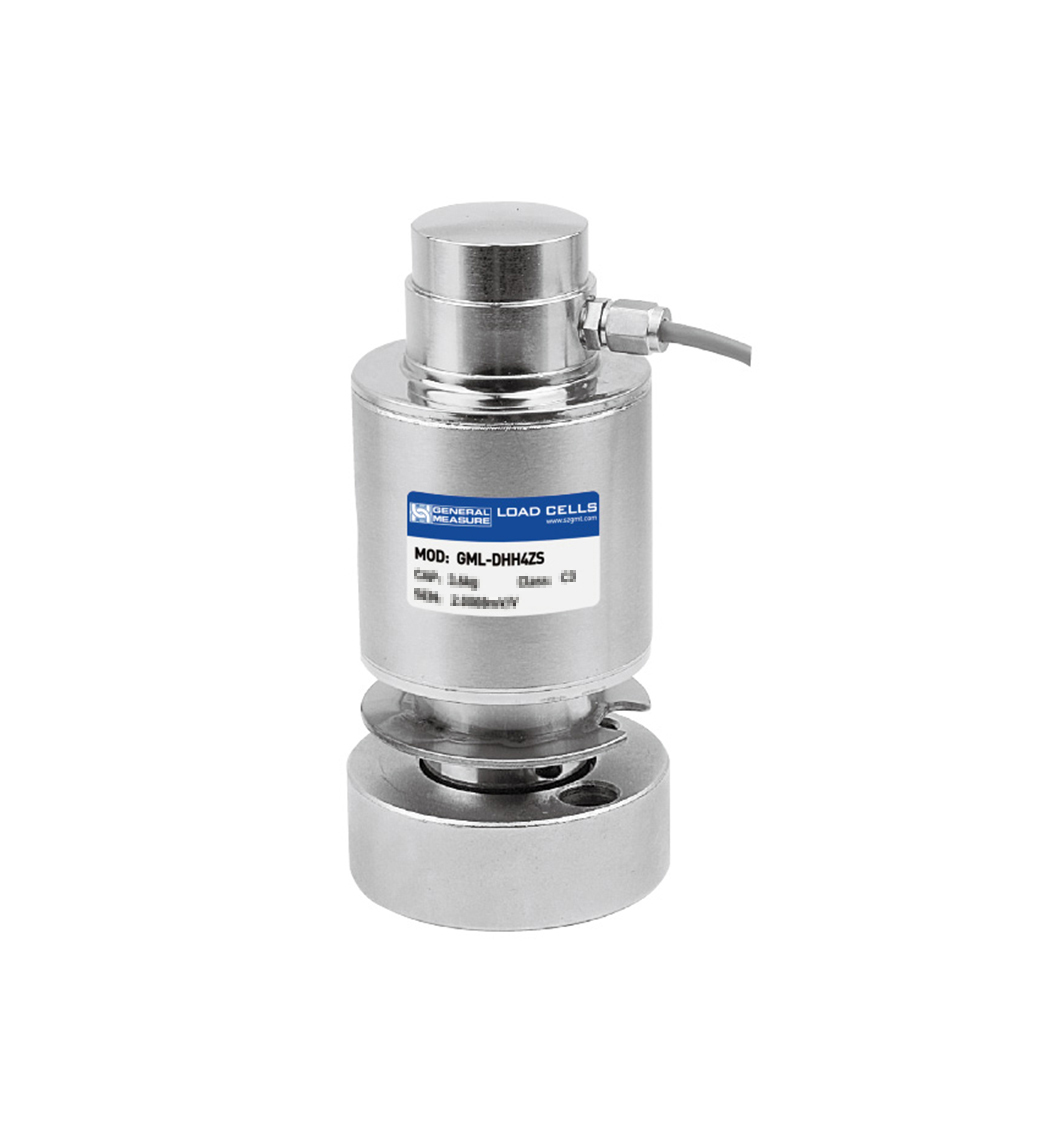
Choosing the Right Load Cell Indicator
When selecting a load cell indicator, it's essential to consider the following factors:
Capacity: Ensure that the indicator can handle the weight range of your specific application.
Environment: If the load cell indicator will be used in a harsh environment, look for models that offer protection against dust, moisture, and extreme temperatures.
Display Options: Choose an indicator with a clear, easy-read display, especially if the device will be used in low-light or high-visibility environments.
Additional Features: Some load cell indicators come with advanced features like connectivity options, alarms, and data logging. Assess your needs to determine which features are essential for your application.
Conclusion
In any industry where precision and accuracy are vital, load cell indicators serve as indispensable tools for achieving optimal performance. Their ability to provide real-time, accurate weight measurements ensures that industries can maintain efficiency, improve quality control, and comply with regulatory requirements. Whether you are in manufacturing, logistics, or agriculture, investing in a high-quality load cell indicator is a step towards more streamlined operations and better overall outcomes.

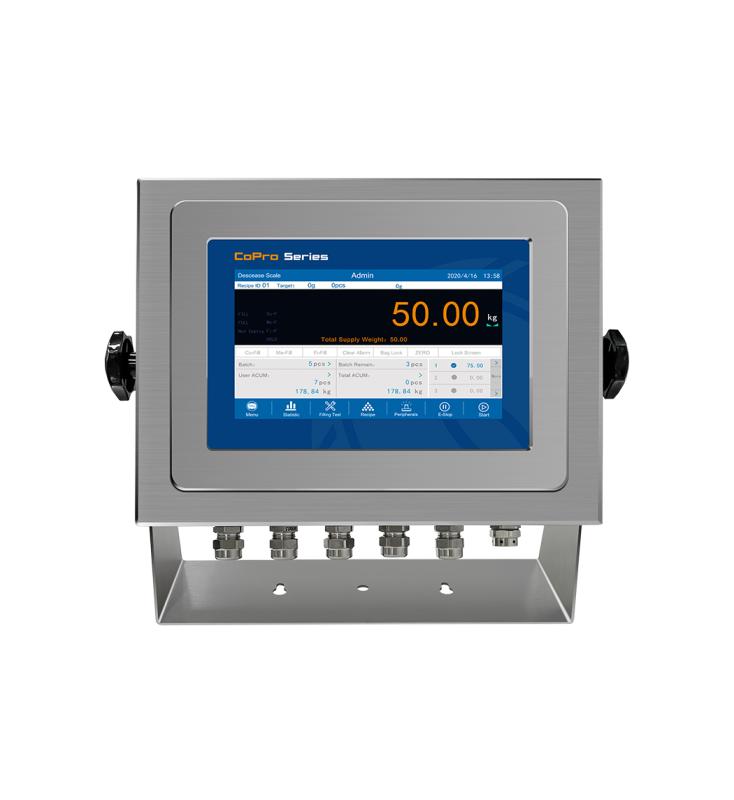

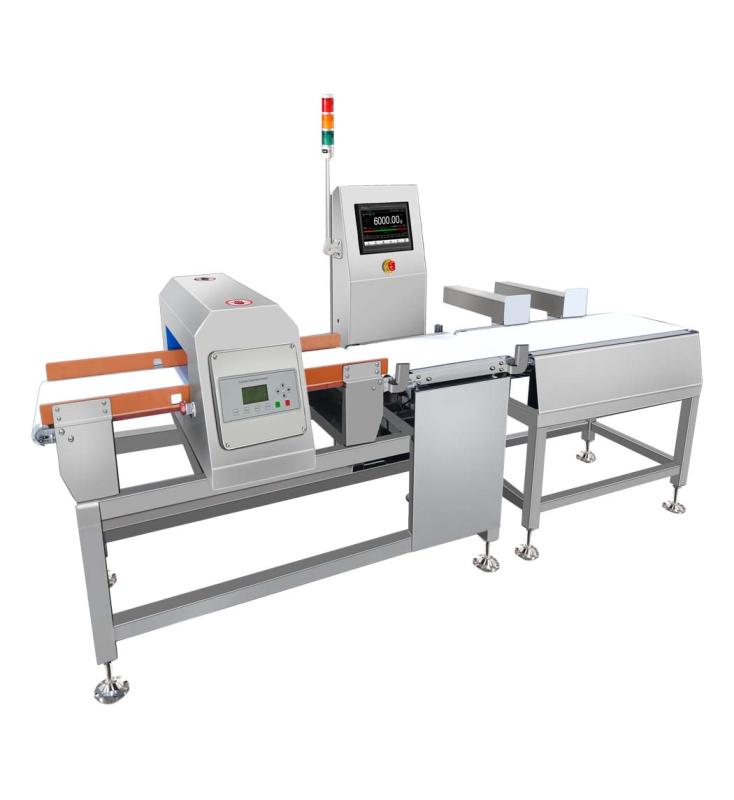

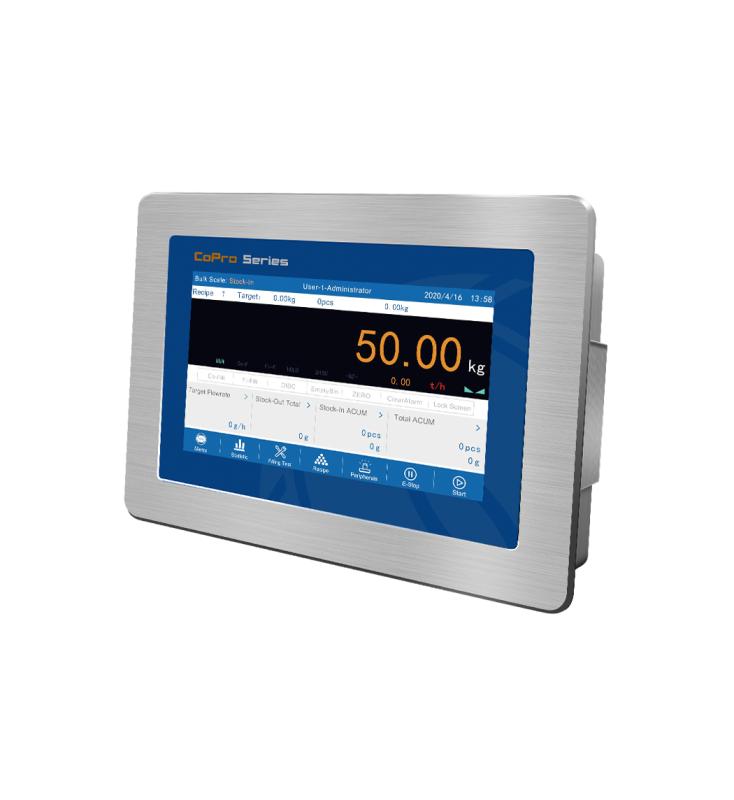
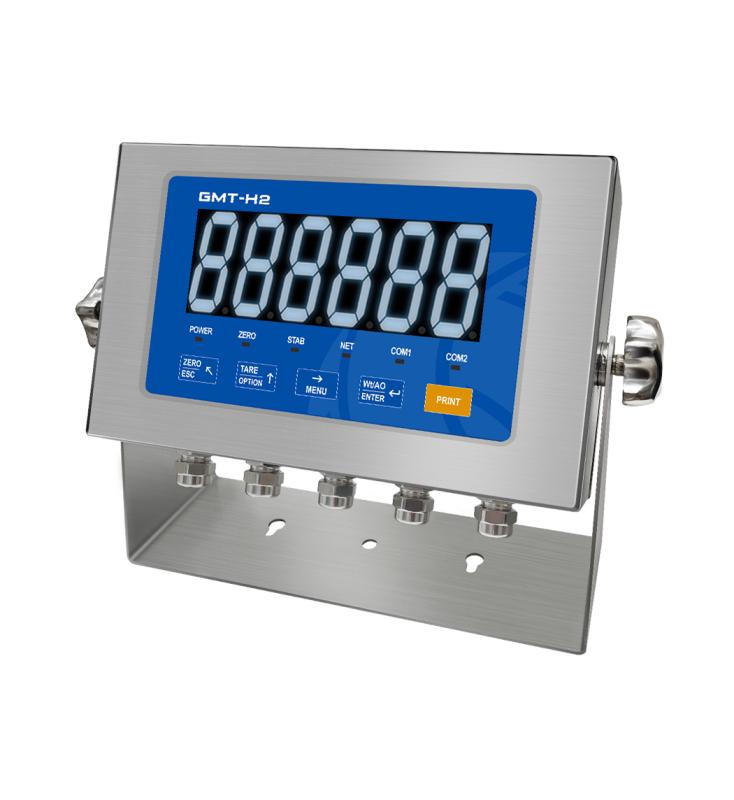

Comments